Riffusion is a new application of AI technology for the music industry. Developed by Seth Forsgren and Hayk Martiros as a hobby project, it utilizes the same model as the widely recognized AI tool ChatGPT to generate unique musical compositions from text prompts.
Table of Contents[Hide][Show]
How Does Riffusion Work?
What’s the secret behind its magic? Spectrograms! Riffusion utilizes AI to convert spectrograms, images generated from audio, into unique audio tracks. By varying the starting point, or “seed,” an infinite number of variations can be created from the same text prompt.
The technology behind this process involves inverting the Short-time Fourier transform to reconstruct audio from spectrograms. The AI model used by Riffusion only considers the amplitude of the sine waves and the Griffin-Lim algorithm is applied to approximate the phases during audio reconstruction.
NERD NOTE: The Griffin-Lim algorithm is a method used to reconstruct audio signals from their magnitude spectrograms, using an iterative process to minimize the difference between the original and the reconstructed signals. It was invented by Daniel P. W. Griffin and Jae S. Lim in 2010, and it is used to approximate the phases during audio reconstruction from Spectrograms.
#Riffusion's AI music generator technology offers a new avenue for music professionals to create original track ideas. #AImusic #AIgenerator #texttomusic #songwriting #GriffinLim #AItechnology #creativetools Share on XHow To Use Riffusion
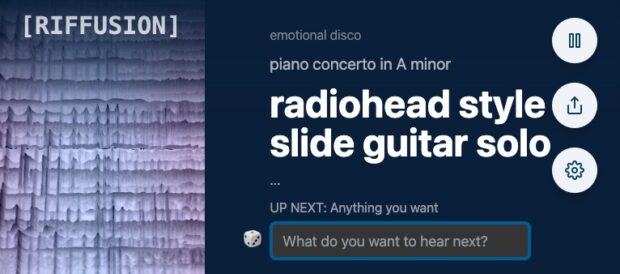
The Riffusion web application allows users to input text prompts and generates interpolated content in real-time, providing a visual 3D representation of the spectrogram. The app also allows users to quickly move on to the next prompt, and if none is provided, the music AI will interpolate between different seeds of the same prompt.
Here are some examples:
I
Once you create a sound loop that you like, simply click on the share option to create a sharable link that you can send others.
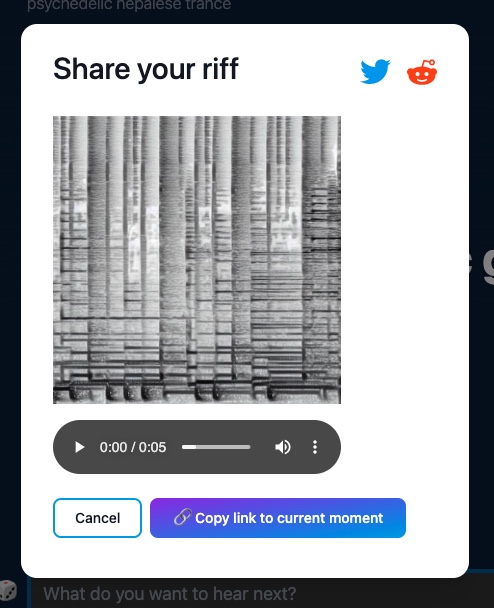
What’s Next For AI Music Generation?
Riffusion is a noteworthy addition to the field of AI-generated music, and it has the potential to further enhance the creative process for professionals in the industry. While the inner workings of its AI generated music technology may be complex, the results are impressive and showcase the potential for future advancements in the field of AI music generation.
Whether you’re a songwriter, composer, or music producer, AI music generators are a great music brainstorming tool for creating endless variations of your ideas.
You can experience the capabilities of Riffusion for yourself by visiting their website at riffusion.com.
Hi, I’m Zack Applegate. I’m a technology writer at MethodShop. Please check out my articles on a variety of topics, including artificial intelligence, music, movies, and silly tech stuff like funny Elon Musk jokes and rock bands with weird names. If you have article ideas, please connect with me on Facebook.

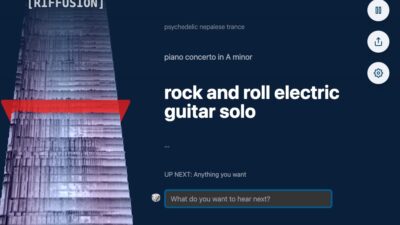



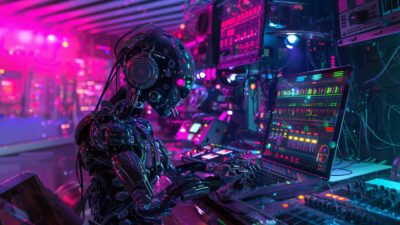

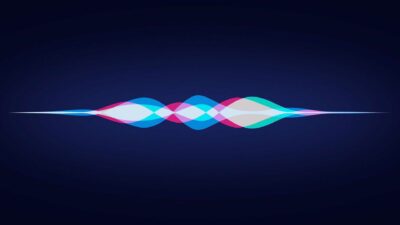



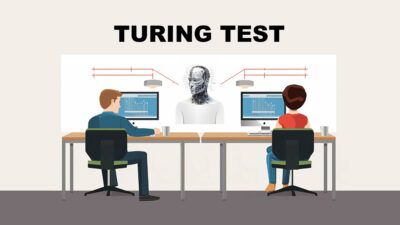





















 6 Tips On How To Deal With Trolls For News Organizations
6 Tips On How To Deal With Trolls For News Organizations
Leave a Reply